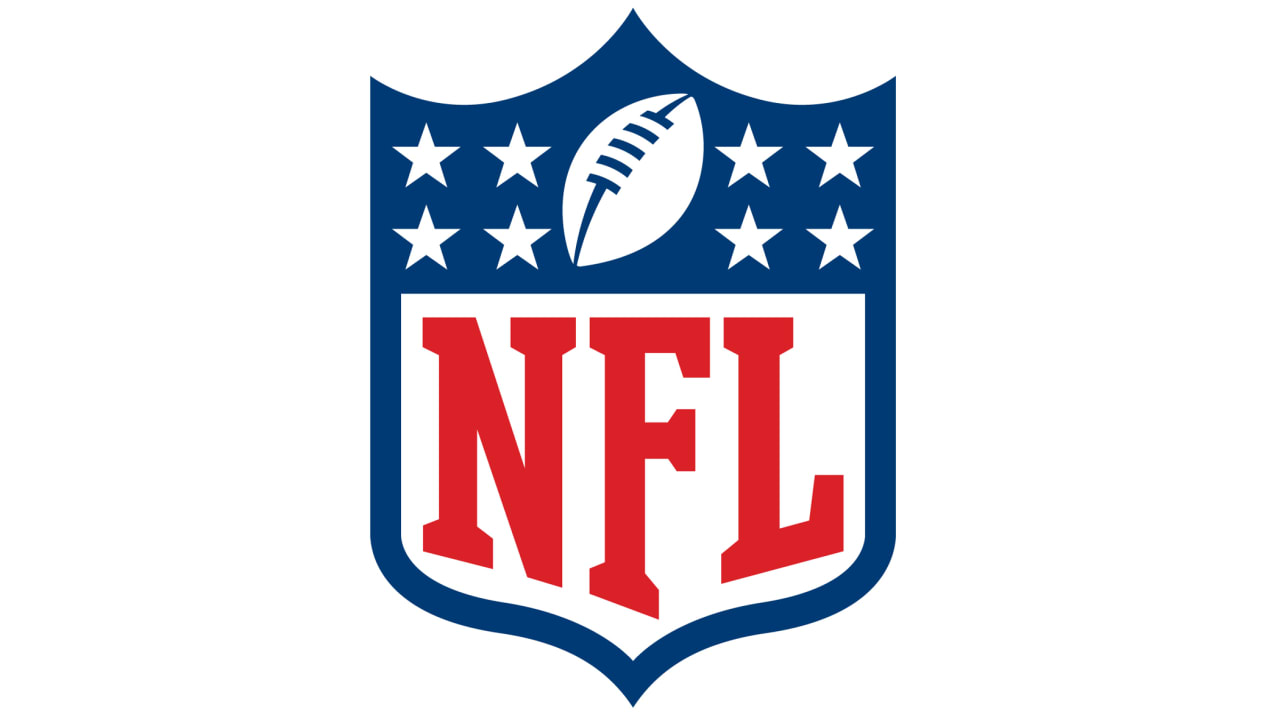An article published Monday by the Centers for Disease Control and Prevention stated that during the season, the NFL found that transmission of the virus that causes COVID-19 occurred in less than 15 minutes of cumulative contact between individuals – the time period that the CDC initially used in its definition of close contact. This led the NFL to redefine what made close contact high risk – factors such as masking and ventilation – findings that the CDC and NFL hope will be widely applicable to the public to limit the spread of the virus, especially in schools, for a long time. time – long-term care facilities and essential high-density workplaces such as manufacturing centers.
The article, written jointly by the CDC and the medical experts and epidemiologists of the NFL and NFL Players Association, was based on the ream of data generated from the contact tracking and daily testing program of an NFL season. The NFL is a unique case because of the vast resources it had at its disposal to test players, coaches and staff every day, to quickly deploy contact trackers when there were positive cases and to use genomic sequencing to determine how the virus was spreading. within teams.
But since the start of the season, the NFL said it wanted to share what it learned with public health agencies in the hope that what they learned could help others navigate the pandemic. What was harvested with the season and how the protocols evolved – particularly the creation of the intensive protocol, which interrupted the face-to-face meetings – suggests recommendations that may be useful in other environments.
“It is important to recognize that the most impactful intervention was not testing or tracking devices,” said Dr. Allen Sills, medical director at the NFL. “The most impactful interventions were the universal use of face masks, holding external meetings and minimizing face-to-face meetings, closing cafeterias – all have wide applicability outside of football.”
Also important were the quality of the masks used, the air flow and ventilation. That’s why face-to-face meetings were eventually banned in the NFL, even though people could be 6 feet away in a room, and why all meals on the team’s premises had to be ready to go – eating together was an area of vulnerability.
And the document showed the importance of isolating and quarantining people considered to be close contacts at high risk from an infected person. This mid-season adjustment to the NFL protocol was designed to limit the spread of the virus. To date, 37 individuals who have been isolated after close contact with high risk have subsequently shown positive results.
The intensive protocol – which included virtual meetings, wearing a mask at all times, including during training, and eliminating group meals – was implemented in early October for any team that had a positive case. In mid-November, the league demanded that all teams operate on the intensive protocol. According to the newspaper, no high-risk contact was identified in 71% of cases where the club was in the intensive protocol. The newspaper called it “an effective mitigation measure”
Sills said in a conference call that the NFL found no evidence of virus transmission during games – daily tests meant that few infected players were on the field and players spent very little time in close contact during a game – and also had not tracked outbreaks or clusters for games that allowed fans.
